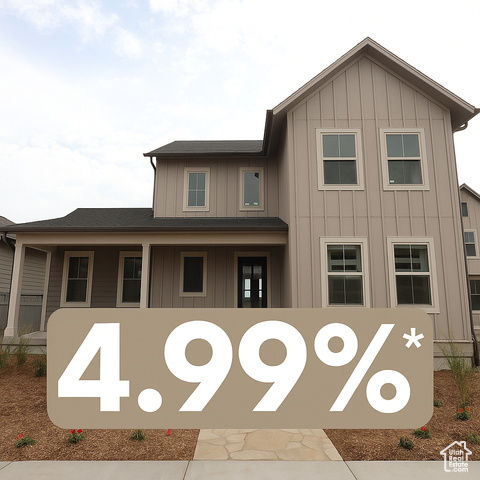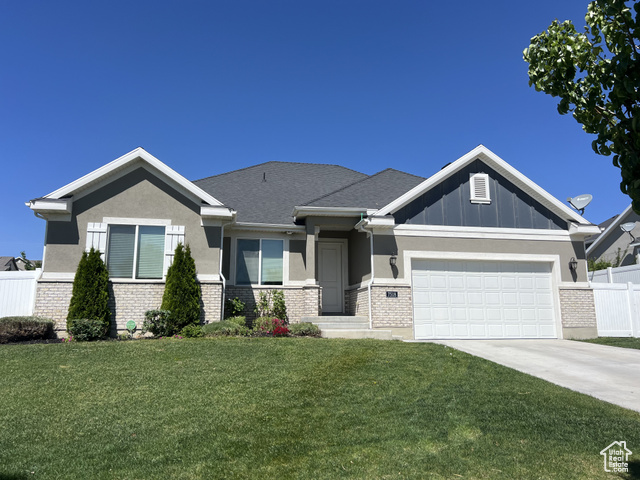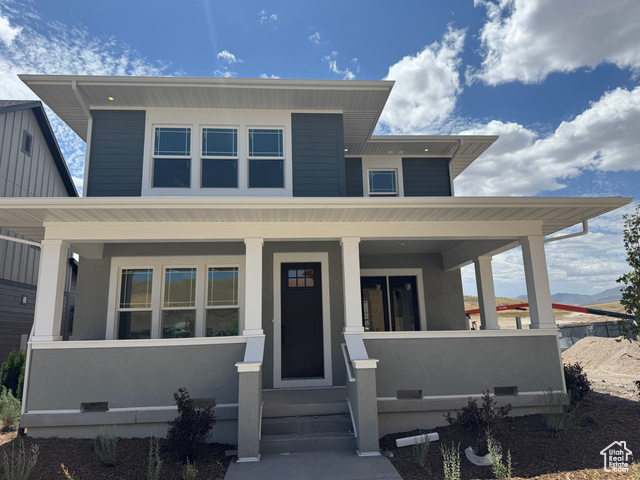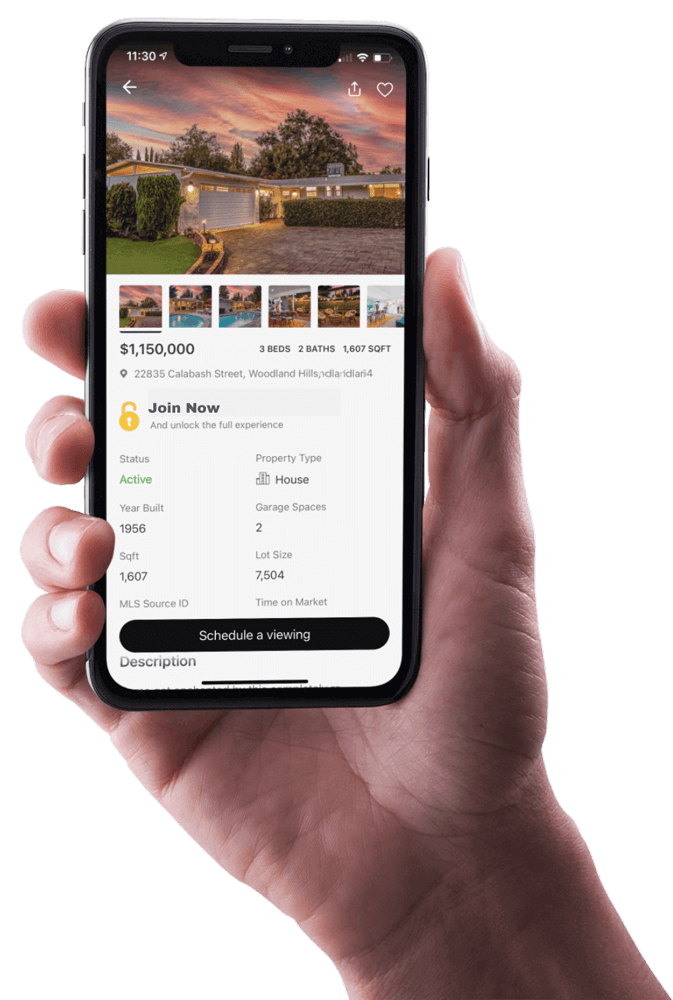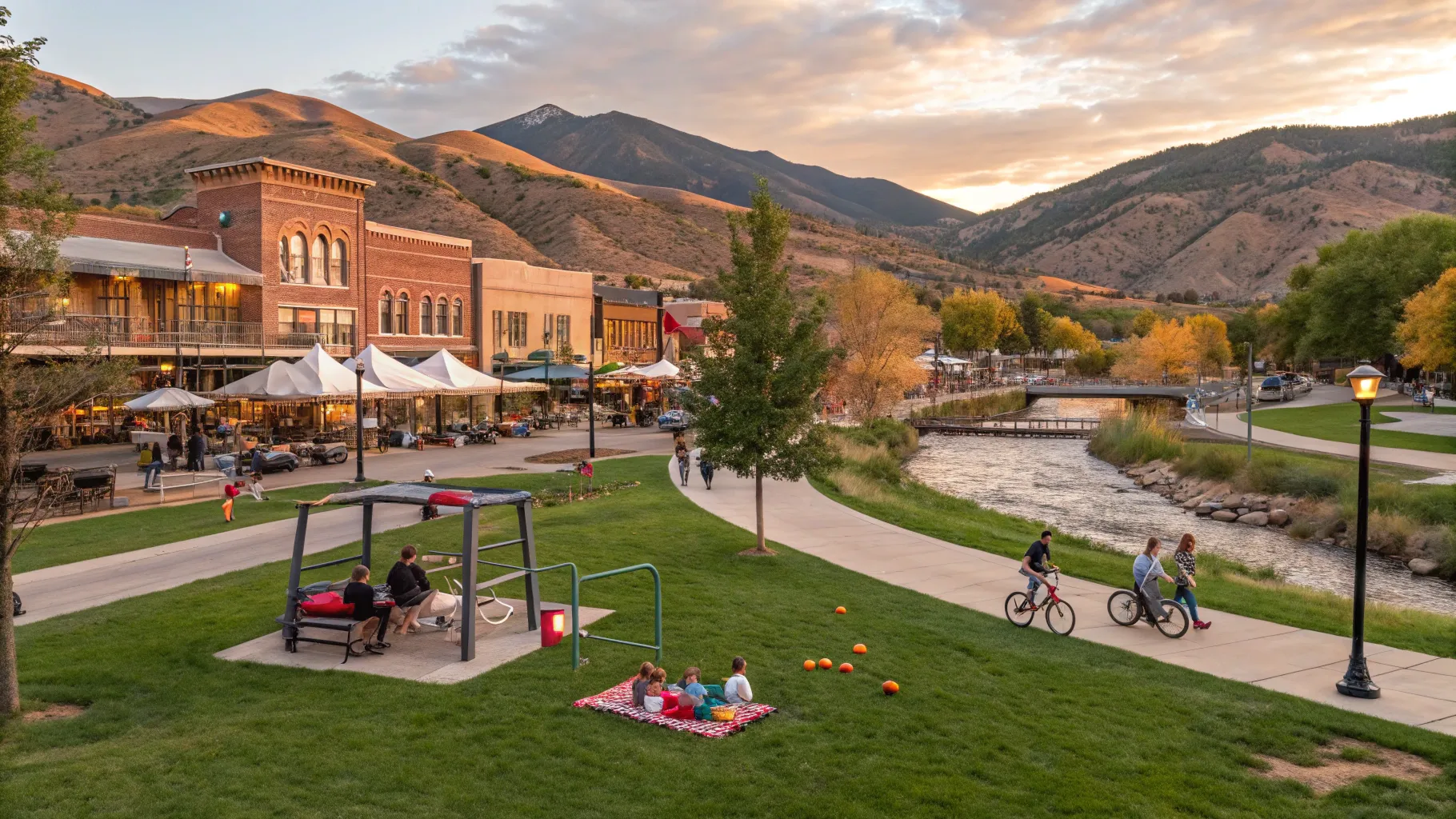
West Jordan, Utah, combines suburban convenience with unexpected pockets of culture, outdoor recreation, and family-friendly entertainment. As a city located on the western edge of the Salt Lake Valley, West Jordan offers a diverse set of destinations—from expansive shopping and dining districts to trail systems, historic sites, and unique seasonal attractions. These destinations significantly influence local lifestyle preferences and, in turn, the real estate market, making West Jordan an appealing option for families, young professionals, retirees, and investors alike.
Outline
- Introduction to West Jordan's appeal
- Top 15 places to visit with practical details and tips
- How attractions shape the local real estate market
- Neighborhood highlights and lifestyle considerations
- Tips for visitors and prospective buyers
- Conclusion and resources
- FAQ
Top 15 places to visit in West Jordan (detailed guide)
- Jordan Landing
Jordan Landing is the primary retail and entertainment hub in the region, with major retailers, restaurants, and entertainment venues clustered together. This corridor serves both residents and visitors and often functions as a gathering place for seasonal events and community activities. Proximity to Jordan Landing typically enhances walkability and convenience when evaluating housing options.
- Schorr Art Gallery
The Schorr Art Gallery showcases rotating exhibitions and provides a local venue for emerging and established artists. Art spaces like this contribute to cultural vibrancy and create opportunities for community engagement through openings, workshops, and school partnerships. Neighborhoods near cultural amenities may see higher demand from buyers seeking an arts-oriented lifestyle.
- Conservation Garden Park
Conservation Garden Park is a living classroom focused on water-wise landscaping, plant demonstration areas, and educational programs. Given Utah’s semi-arid climate, this resource helps homeowners learn drought-tolerant landscaping strategies—valuable knowledge for cost-effective yard maintenance and long-term property stewardship.
- West Jordan Youth Theatre
The West Jordan Youth Theatre provides performance opportunities for young people and draws families to local productions. Community theaters strengthen civic identity, encourage arts education, and often lead to collaborative events with schools and local nonprofits—positive indicators for families with school-aged children looking at neighborhood programs.
- Kennecott Copper Mine
Kennecott’s mining operations and large-scale landforms are a prominent feature of the western valley landscape. While the mine is an industrial site, its economic impact and the surrounding open space influence zoning, nearby land use, and the sense of place for communities on the west side of West Jordan.
- Veterans Memorial Park
Veterans Memorial Park offers green space, memorial installations, and recreational amenities. Parks such as this increase neighborhood liveability, provide venues for civic ceremonies, and are often cited as desirable nearby features by homebuyers prioritizing outdoor access and community gathering spaces.
- West Jordan Historical Museum
Local historical museums preserve community narratives and provide context for regional development. The West Jordan Historical Museum documents settlement patterns and local industry, contributing to heritage tourism and reinforcing neighborhood identity—useful when presenting a property’s location in listings aimed at lifestyle-conscious buyers.
- Randon Aviation
Randon Aviation and other aviation-related businesses in the area cater to hobbyists and professionals alike. Small aviation centers can draw specialized visitors and create niche local economies that benefit supporting businesses, including nearby retail and hospitality.
- Jordan River Parkway Trail
The Jordan River Parkway Trail is a regional trail system connecting parks, wildlife habitat, and recreational facilities across the Salt Lake Valley. Trails like this are major amenities for active residents and provide direct routes for walking, cycling, and nature observation—features often prioritized in property searches.
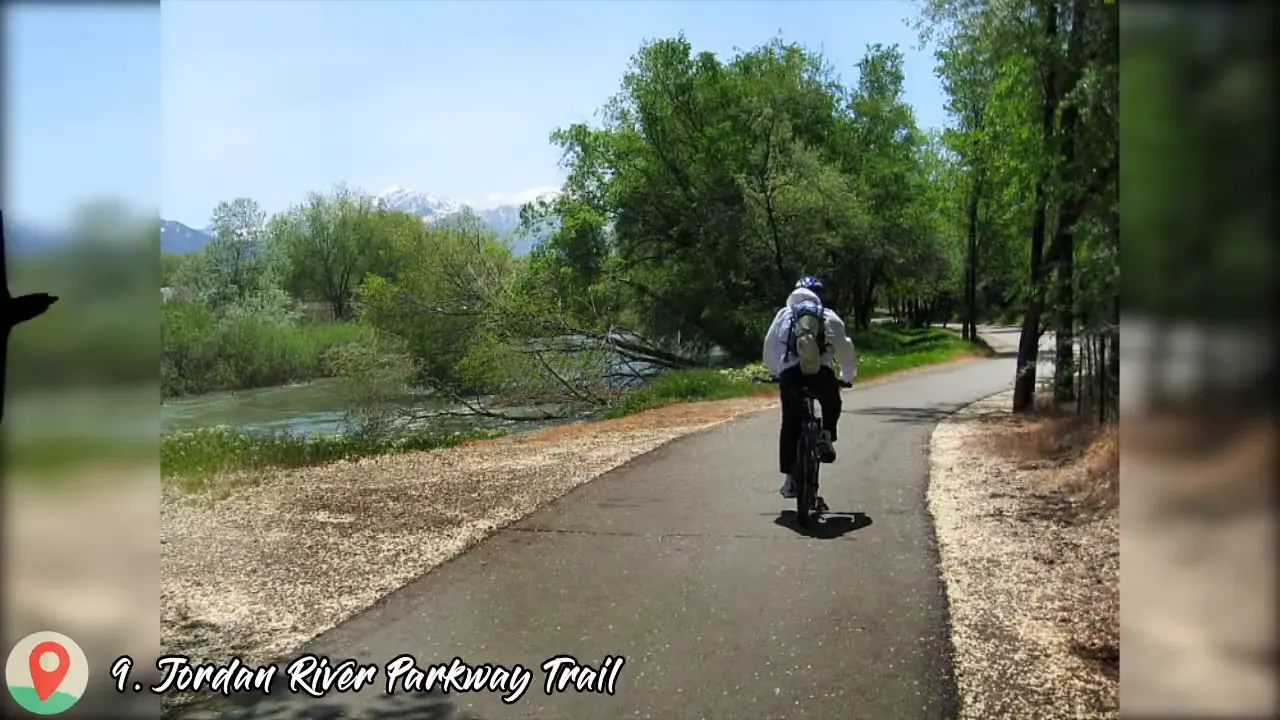
- Oquirrh Mountains
The Oquirrh Mountains provide a dramatic backdrop and immediate access to higher-elevation recreation such as hiking, mountain biking, and scenic overlooks. Proximity to foothills creates lifestyle appeal and can diversify microclimates and viewsheds, factors that influence buyer preferences and price points.
- West Jordan Symphony
Community orchestras and symphonies enrich cultural life and present regular performance schedules. The presence of a symphony contributes to a mature cultural calendar that attracts culturally oriented households and adds depth to community offerings beyond commercial attractions.
- All Star Bowling and Entertainment
Family entertainment centers such as All Star Bowling offer year-round recreation for families and groups. These venues are practical drawcards for weekend activities and birthday events, enhancing neighborhood amenity mixes and appealing to families seeking convenience.
- Crazy Corn Maze and Pumpkins
Seasonal attractions like the Crazy Corn Maze create local traditions and drive tourism for short periods of the year. Seasonal events help small businesses and farms capture additional revenue and often introduce newcomers to community amenities, potentially sparking interest in local real estate.
- Oquirrh Mountain Outfitters
Outdoor outfitters support recreational lifestyles by providing gear, guiding services, and route knowledge. Accessibility to outfitters makes it easier for residents to pursue year-round outdoor activities, incentivizing buyers who prioritize an active lifestyle.
- Gardner Village
Gardner Village is a reconstructed historic retail village featuring boutique shops, dining, and periodic festivals. Such destination shopping experiences blend small-business retail with period charm, attracting both residents and visitors and adding a distinct character to nearby neighborhoods.
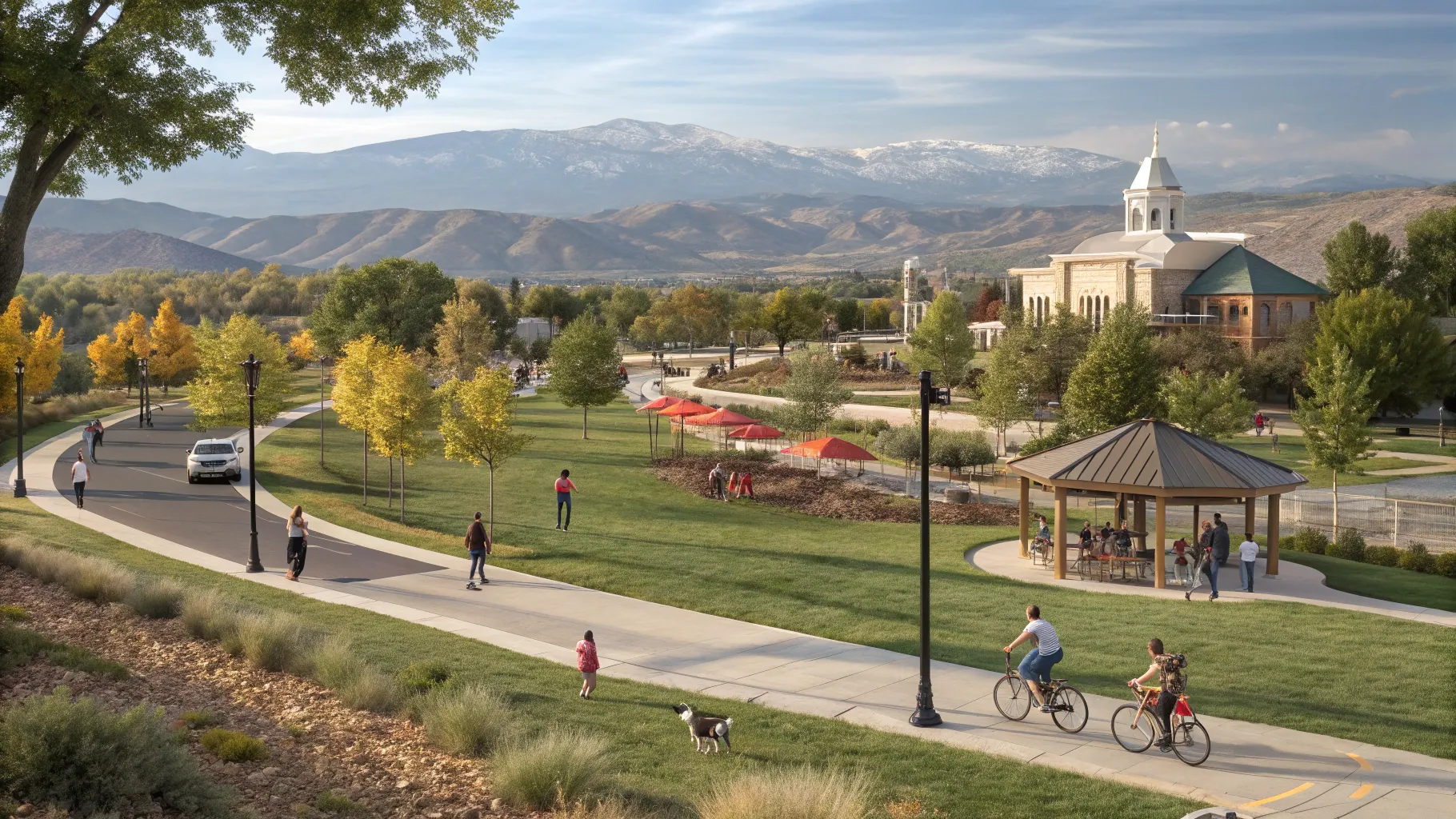
How these attractions shape the West Jordan real estate landscape
Local amenities directly inform buyer demand and neighborhood desirability. Retail hubs like Jordan Landing increase convenience and reduce commute friction for daily needs, supporting demand for nearby single-family homes, townhomes, and higher-density residential options. Parks, trail systems, and cultural institutions elevate perceived quality of life and can translate into stronger competitive positioning for homes at similar price points within the market.
Seasonal and specialty attractions, such as the Crazy Corn Maze or Gardner Village, provide short-term spikes in visitation that benefit local commerce. While these may not alter long-term property values alone, they contribute to a diversified local economy—an advantage for investors evaluating rental demand or long-term capital stability.
Access to outdoor destinations such as the Jordan River Parkway and the Oquirrh Mountains appeals to both primary homebuyers and second-home seekers who value proximity to recreation. For investors, neighborhoods offering walkability, trail access, and cultural amenities often perform well for tenant retention.
Neighborhood highlights and commuting considerations
West Jordan spans a range of neighborhood types—from family-oriented subdivisions near schools and parks to areas closer to retail corridors and transportation nodes. Buyers prioritizing shorter commutes to major employment centers should evaluate connections to major highways and public transit options. Proximity to large employers in the Salt Lake Valley, combined with the local amenity mix, supports a balanced lifestyle that appeals to a variety of demographic groups.
When assessing any neighborhood in West Jordan, consider these factors: school boundaries, green space proximity, access to retail and health services, and expected future development near industrial hubs such as the Kennecott area. Each of these components affects livability and can influence long-term home appreciation.
Practical tips for visitors and prospective buyers
- Step-by-step planning for a day visit
- Start at Jordan Landing for breakfast and planning orientation.
- Visit a cultural site like the Schorr Art Gallery or local museum mid-morning.
- Spend the afternoon on the Jordan River Parkway Trail or explore the Conservation Garden Park.
- Wrap up with dinner at a family-friendly venue and, if timing allows, a performance or community event.
- Homebuyer checklist when evaluating West Jordan
- Confirm school boundaries and enrollment policies for family needs.
- Assess proximity to daily necessities—groceries, healthcare, and transit.
- Inspect outdoor amenities and trail access if lifestyle recreation is a priority.
- Research planned developments or zoning changes near large sites such as the Kennecott operations.
- Investor considerations
Investors should evaluate rental demand drivers—proximity to employment centers, walkable retail districts, and nearby recreation. Properties near destination attractions may command a premium for short-term rentals during peak seasons, while long-term rental demand often correlates with school quality and transit access.
Resources
For additional information about Utah real estate markets and property listings, visit https://bestutahrealestate.com. This resource provides tools to explore listings, market overviews, and contact information for local real estate teams.
Conclusion
West Jordan offers a compelling mix of conveniences, cultural offerings, recreational resources, and seasonal attractions that together define a livable suburban environment. Whether the priority is an active outdoor lifestyle, cultural enrichment, family-oriented amenities, or investment opportunities, West Jordan’s diverse destinations create a foundation for many different lifestyle preferences and property goals. Prospective residents and investors should prioritize amenities that align with their long-term objectives—proximity to retail, trails, schools, and cultural institutions all play meaningful roles in shaping neighborhood desirability and market performance.
FAQ
What are the top family-friendly activities in West Jordan?
Family-friendly activities include the Jordan River Parkway Trail, Veterans Memorial Park, All Star Bowling and Entertainment, and seasonal attractions such as the Crazy Corn Maze. These locations provide year-round and seasonal options for families, with a mix of outdoor recreation, play spaces, and entertainment suited to children and adults.
How does proximity to Jordan Landing affect home values?
Proximity to Jordan Landing typically increases convenience and access to retail, dining, and services, which can positively influence home desirability. Homes within easy driving distance or walking distance to major retail corridors often appeal to buyers seeking reduced travel time for errands and leisure, potentially improving marketability.
Are there opportunities for outdoor recreation near West Jordan homes?
Yes. The Jordan River Parkway Trail and the foothills of the Oquirrh Mountains provide clear access to walking, cycling, hiking, and nature observation. Local outfitters and community trail systems support an active outdoor lifestyle that can attract buyers who prioritize recreation.
What should investors consider when evaluating properties in West Jordan?
Investors should consider neighborhood demand drivers including school quality, transit access, proximity to employment centers, and local amenity mixes. Seasonal attractions can provide supplemental rental demand, while long-term stability often depends on infrastructure, local employment, and community services.
How can homeowners implement water-efficient landscaping in West Jordan?
Homeowners can look to resources such as Conservation Garden Park for demonstrations of drought-tolerant plants, irrigation best practices, and native landscaping ideas. Implementing water-wise designs helps reduce maintenance costs and aligns with regional conservation goals, which is particularly relevant for Utah’s semi-arid climate.
Related Articles:
- Ecovacs Goat O1000 RTK: The Future of Autonomous Lawn Mowing
- The Top Smart Home Products To Grab on Prime Day
- Discover the Nuki Smart Lock: Europe’s Trusted Security Now in the U.S.
- 5 Surprising Upgrades That Add Major Value to Your Home
- Things to Do in Castle Dale, Utah
- Things to Do in Beaver, Utah
- Things to Do in Alpine, Utah
- What Tariffs Mean for HVAC Pricing and Profit Margins: An Overview
- Top Uses for Storage Container Rental on Utah's Off-Grid and Ranch-Style Properties
- Nest vs Ecobee: Which Smart Thermostat Is the Best Choice?



